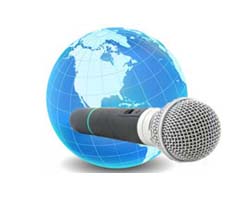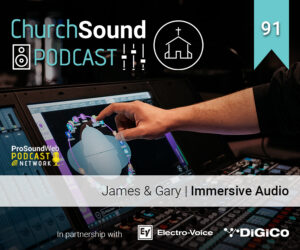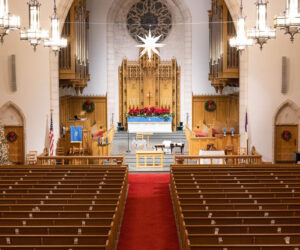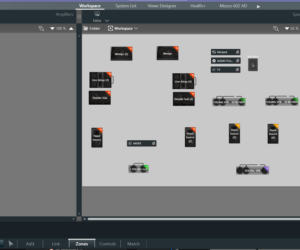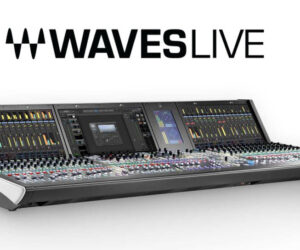While Congress voted in February to extend the deadline to June 12, 2009 for U.S. television stations to covert to all-digital transmission (DTV), the transition is well underway, with digital transmission already common in major markets. There’s also a movement to provide analog “nightlight” broadcasts, providing a looped “infomercial” to the 30 million who can still only receive analog TV.
Thus what we’re left with: digital transmissions have begun while analog also continues in many markets, and it all could end up impacting wireless microphone systems.
Major wireless microphone manufacturers stopped selling equipment in the 700 MHz band (698-806 MHz) last year, except on special order. Recently several announced rebate programs to help users replace equipment that will be illegal, unusable or both in the years to come. New systems operate over wider frequency groups, with new ranges being offered and the quality of the latest systems is high.
Shure is offering up to $1,000 for trade in of 700 MHz band wireless systems purchased before February of 2007 and up to $600 for other manufacturers’ qualifying 700 MHz equipment.
Sennheiser is also offering a tiered rebate program of up to $1,400 and a flat $500 rebate for other manufacturer’s equipment. They also offer $100 per channel for retuning of 3000 and 5000 series components to any 36 MHz window.
Lectrosonics is offering to retune equipment in their 27, 28 and 29 blocks for prices ranging from $270 to $565 and to replace legacy products less than five years old with rebates up to $500.
Audio-Technica is offering a mail-in rebate of 15 percent on the one-time (no limit on quantity) purchase of any A-T product(s) in exchange for wireless systems operating in the 700 MHz range.
In the FCC’s “Second Report & Order” issued late last fall, a few TV channels are reserved as “safe harbors” for wireless mics that cannot be used by the new unlicensed Television Band Devices (TVBDs, formerly called White Space Devices).
Within TV channels 14-20 (470-512 MHz), one or more 6 MHz channels are protected, because fixed, high-power TVBD stations can’t operate below 512 MHz, and lower-power portable TVBDs can’t operate in TV channels next to TV broadcasts.
In the 13 metropolitan markets (Boston, Chicago, Cleveland, Dallas Detroit, Houston, L.A., Miami, NYC, Philadelphia, Pittsburgh, San Francisco and Washington D.C.) public safety services operate on one or two TV channels between 14 and 20, the nearest unoccupied TV channels to either side of TV channel 37 are reserved for wireless mics so new wireless equipment that tunes over TV channels 34 through 40 (590-632 MHz) will be a safe choice for new equipment in those cities.
Another band with open channels for wireless mics is the STL range (944-952 MHz) but it’s reserved for broadcast users.
Sennheiser’s Joe Ciaudelli points out that the FCC hasn’t made a final ruling on the 700 MHz band wireless ban with a stipulated deadline, so that equipment will continue to work for months, and possibly years in some parts of the country.
He also mentions that the 700 MHz “Block D” auction did not meet it’s $1.3 billion reserve price, so that two 5 MHz bands in TV channels 62 and 67 (758-763 MHz and 788-793 MHz) will likely remain clear for some time, though the FCC does plan to re-auction them in the future. (Perhaps we could all chip in?) The two TV channels immediately above those have been auctioned for Public Safety (TV 63, 64, 68 & 69) and should be avoided immediately.
Mark Frink is Associate Editor for Live Sound International.


